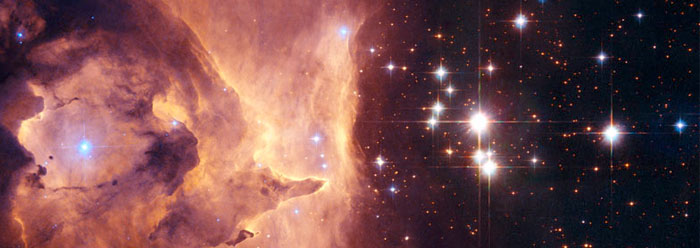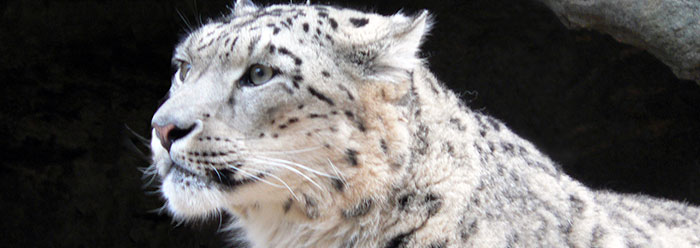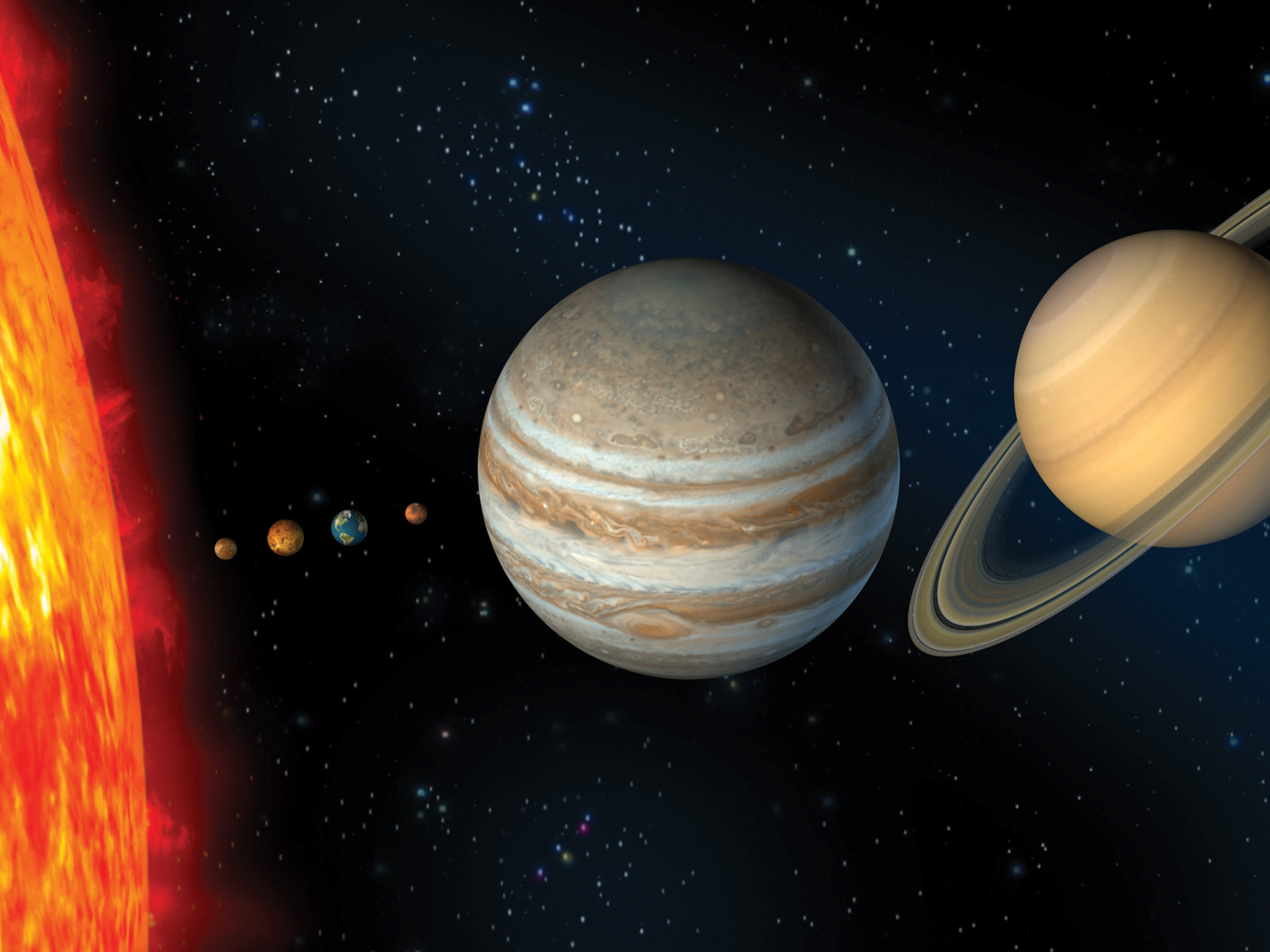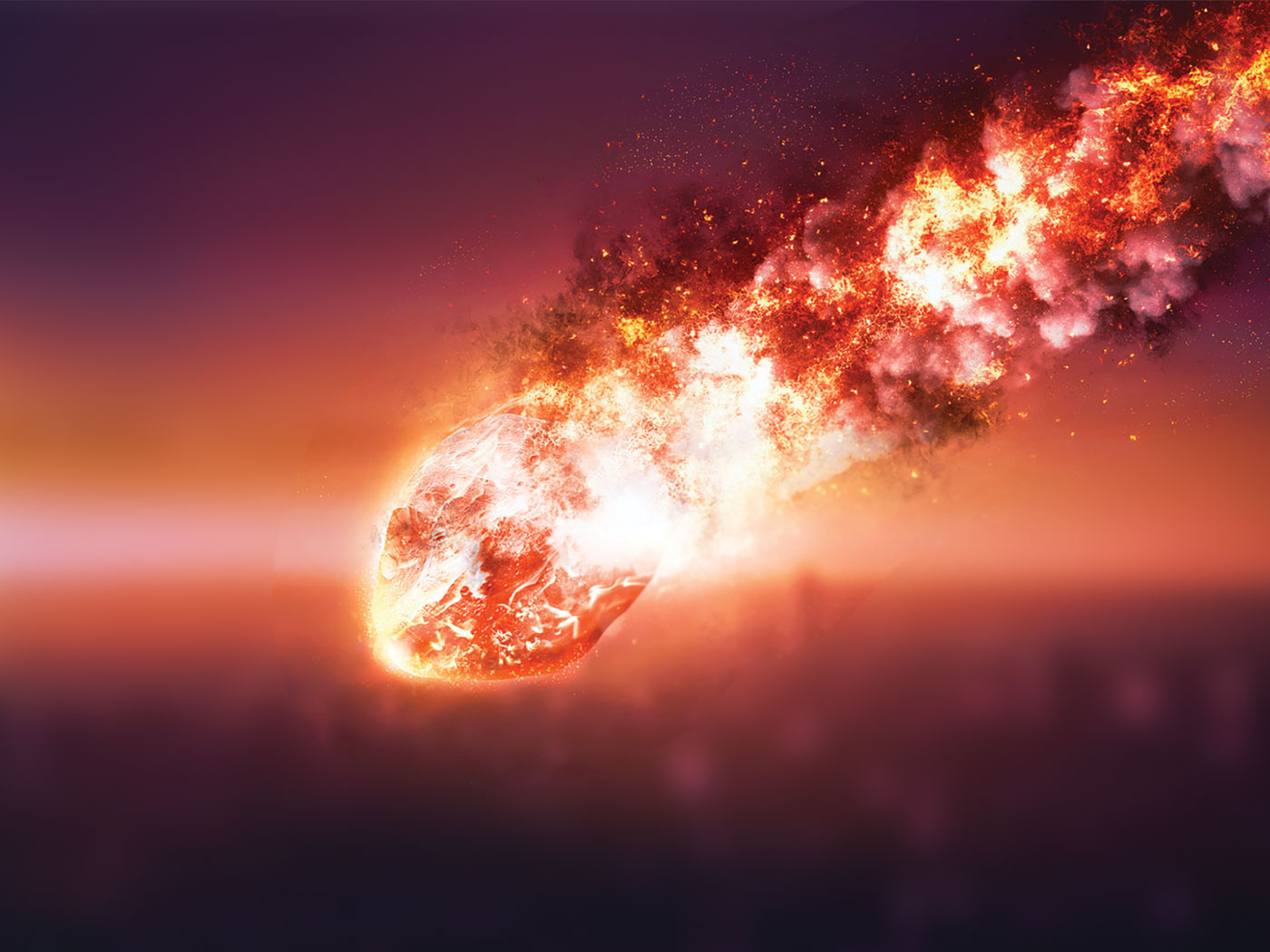Folklore has it, as reinforced in classrooms and national parks, that petrified wood takes "millions and millions" of years to form. I've listened as many people have protested the Biblical doctrine of the young earth. "It takes too long to petrify wood. The earth must be old."
Imagine their surprise when they realize that wood can petrify quickly, and that no informed geologist would say it takes an excessively long time, certainly less time than it takes for wood to decay in a given environment.
Wood can be petrified by two basic processes, both of which usually involve burial in volcanic ash. This ash decomposes in the presence of water, enriching the groundwater with silica.
In the first type of petrification, the wood decays in a hot, silica-rich environment. As each molecule of wood decomposes and is carried away, it is replaced by a molecule of silica. Eventually the replacement is complete, with the mineral impurities in the silica being responsible for an array of beautiful colors in the final product. This type of petrified wood can be polished, and often becomes an object of incredible beauty. Once silicification is complete, there is no organic material remaining, but since on occasion the light and dark portions of the tree's growth rings may decay at different rates, hints of the tree rings may be preserved if the minerals present change over time. Many of the petrified trees found in the Petrified "Forest" of Arizona are of this type.
The other type of petrification involves the total infiltration of the porous wood by silica-rich water. The silica (or in a few cases calcite, or a combination of both) plugs up the pores, preventing complete decay. This allows individual cells to be remarkably well preserved, and in many cases the tree ring pattern can easily be seen. The petrified trees in Yellowstone Park are of this type, with tree rings readily visible.
As is now well known, wood can petrify rapidly. Several laboratory experiments have devised ways in which this can be done, mirroring natural settings. (See Sigleo, 1978 "Organic Geochemistry of Silicified Wood," Geochimica et Cosmochimica Acta, vol. 42, pp. 1397-1405, and Leo and Barghoorn, 1976, "Silicification of Wood," Botanical Museum Leaflets, vol. 25, no. 1, Harvard University, 47 pp.)
Wood can also be petrified in field settings. During one field experiment, researchers dangled a block of wood down inside an alkaline spring in Yellowstone Park to see what effect this hot, silica-rich environment would have. In just one year, substantial petrification had occurred. I recently read an advertisement in a magazine for real "hardwood floors." The company was petrifying wood commercially. The point is, it does not take long ages to petrify wood, it just takes the right conditions.
These conditions, with abundant hot waters (i.e., "fountains of the great deep"—Genesis 7:11) and rampant volcanism, would be met during the flood of Noah's day and the centuries following.
*Dr. John Morris is the President of ICR.






















